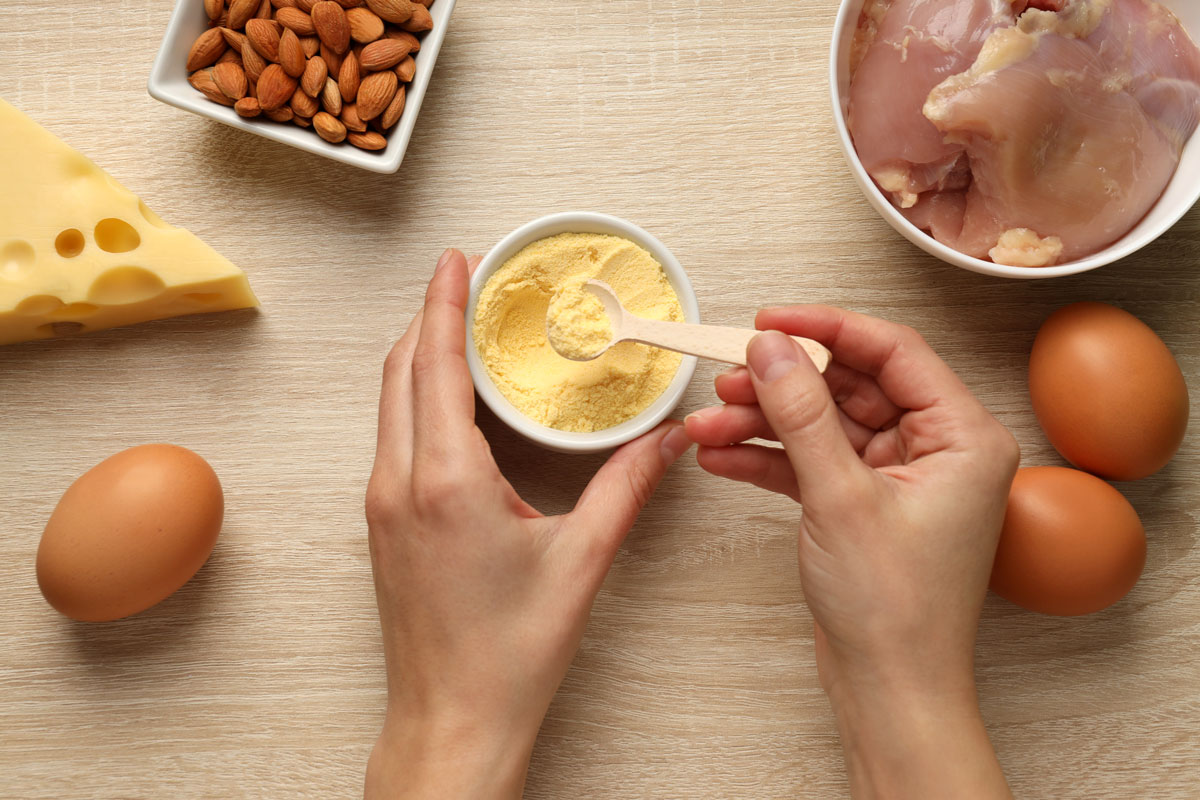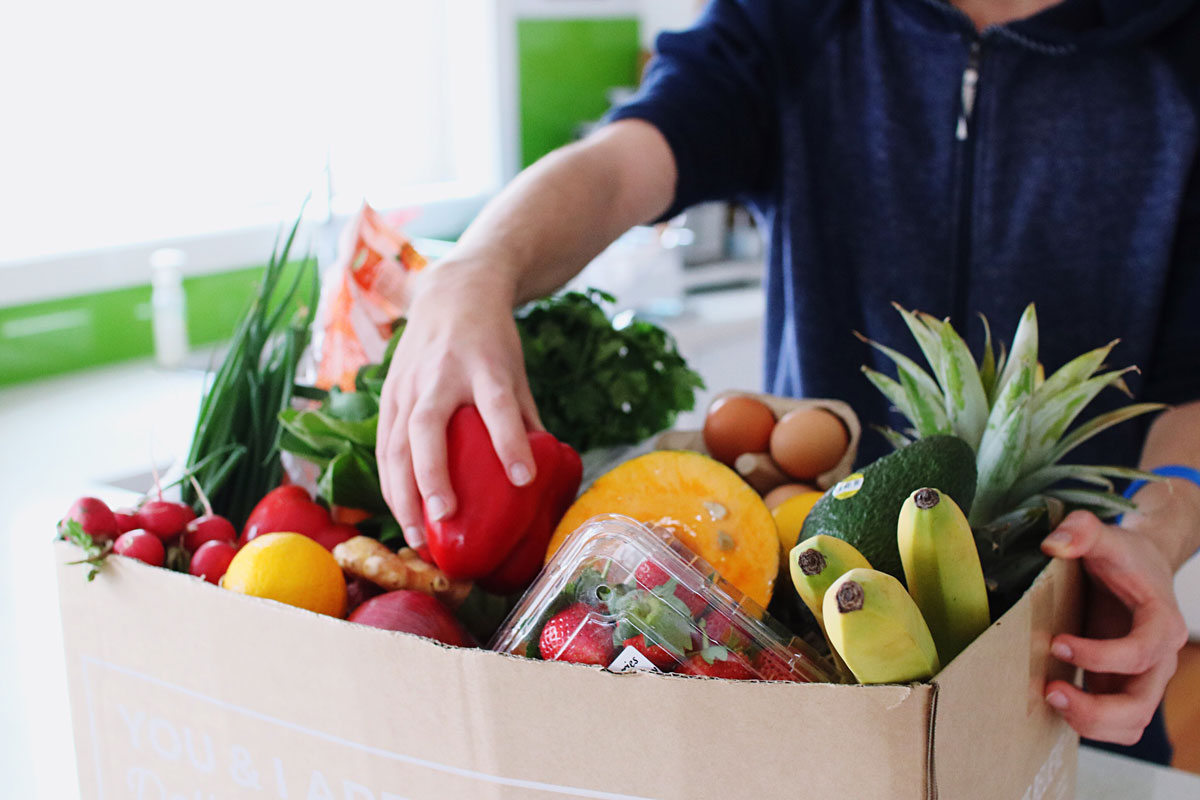1. Read Your Manual
Typically, I’m not a huge fan of “reading directions” and mostly just figure appliances out independently. Trust me; you should really read the manual in this case. My juicer comes with a low and high setting that I can adjust for different vegetables—my manual lists those veggies and what speed they should be juiced at for optimal results. Also, if you get a big daddy juicer like I have, you need to make sure all the pieces are together correctly so you don’t accidentally juice a finger.
2. Balance Fruit With Veggies
Try to use the 80/20 rule for juicing. Try to think 80% veggies and 20% fruit for most of your juices to keep sugar content low. You will also want to remove any skins that are inedible (such as mango skin and citrus peels), large seeds, or pits and wash all of your produce well.
3. Drink Right Away
The point of juicing is to enjoy the fresh juice right away. Fresh juice will lose nutrients as it oxidizes, so plan to drink your juice immediately. If you make extra or can’t drink it all at once, store your juice in an airtight container like a thermos or mason jar, filling to the top and making sure it’s sealed. Make sure to refrigerate it ASAP. Fresh juice will keep for up to 24 hours, but I try to drink mine under 12. I typically drink my juice for breakfast or as an afternoon pick-me-up. Drinking juice on an empty stomach is best as those nutrients are absorbed right away, and don’t have to fight with other foods your body is trying to digest at the same time.
4. Have Fun!
I have tried tons of juice recipes and then made my own adaptations based on my taste. Try new fruits and vegetables and get your friends and family involved. Don’t be afraid to experiment with cooky concoctions. Who knows? Maybe beet and broccoli are the next big thing!




